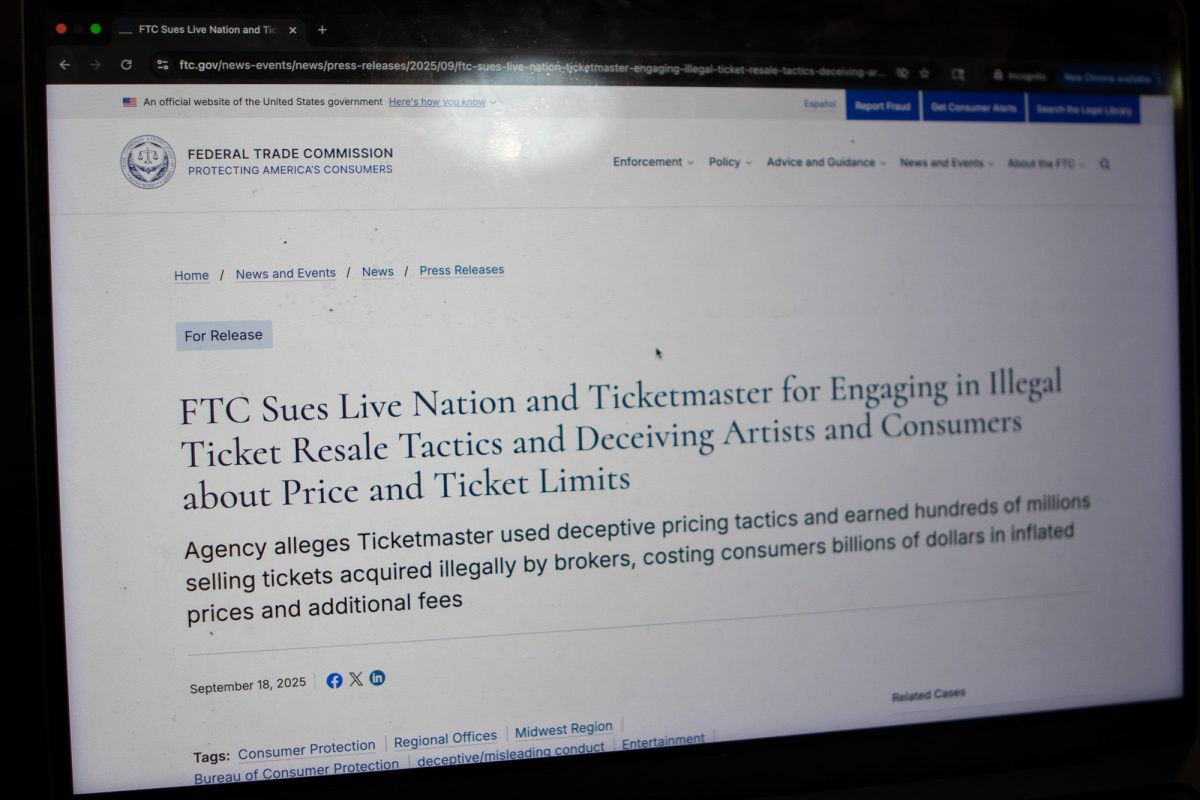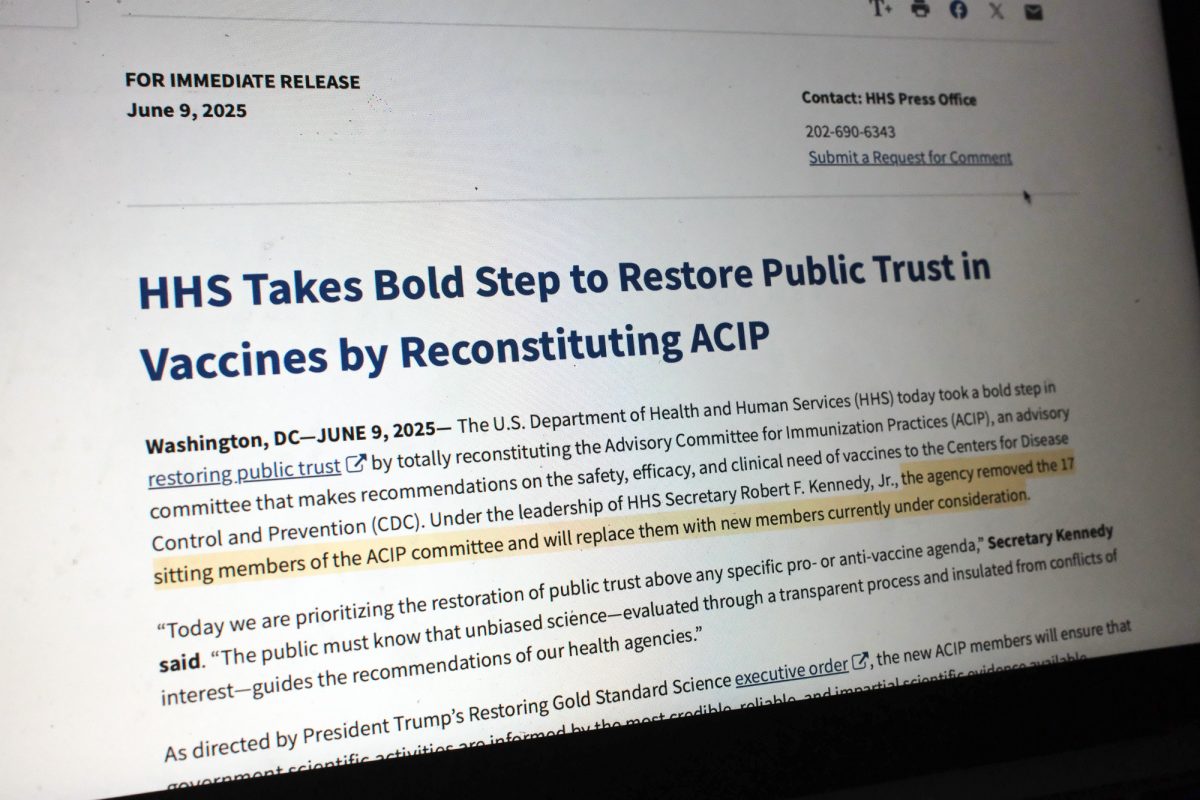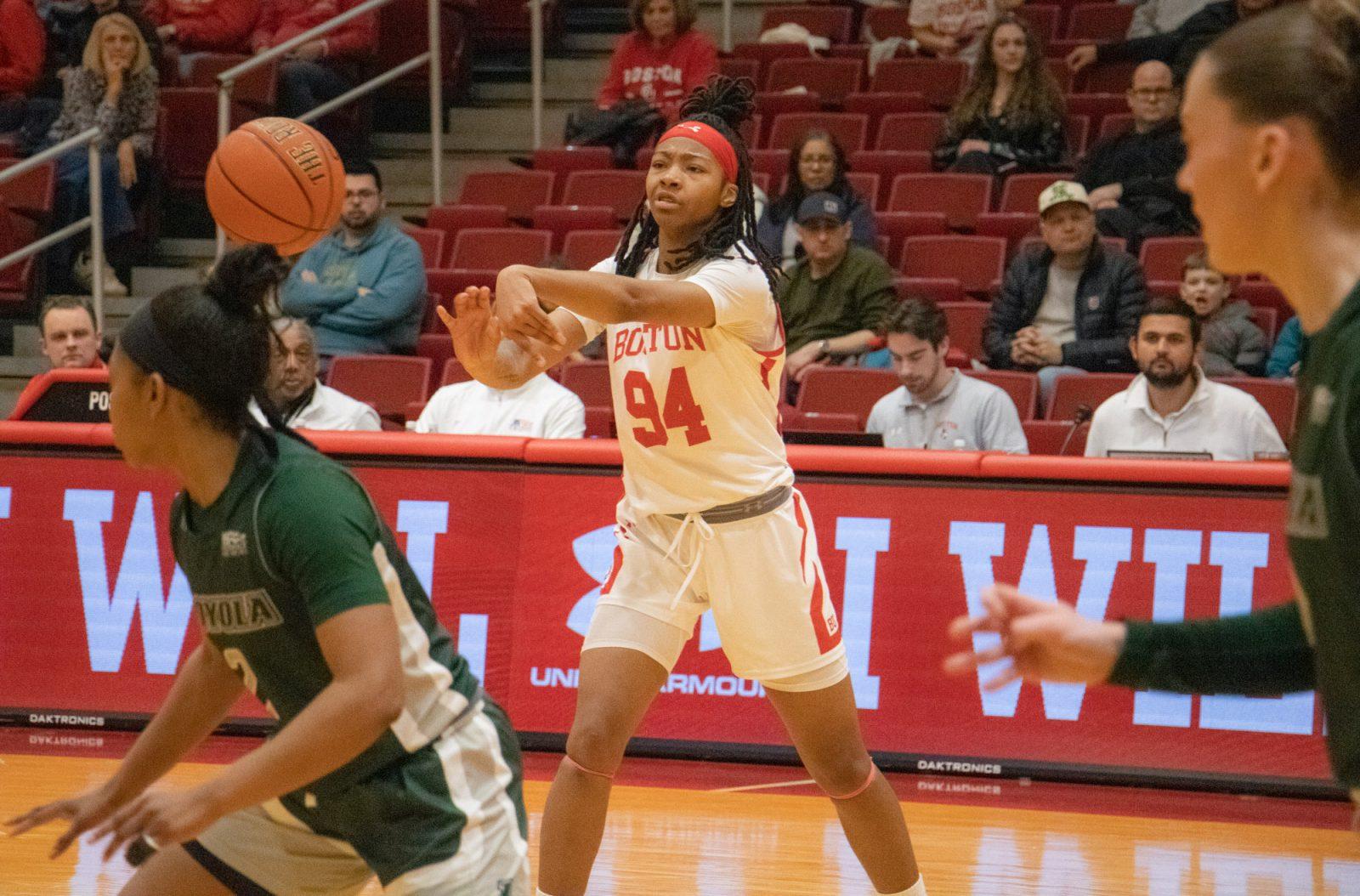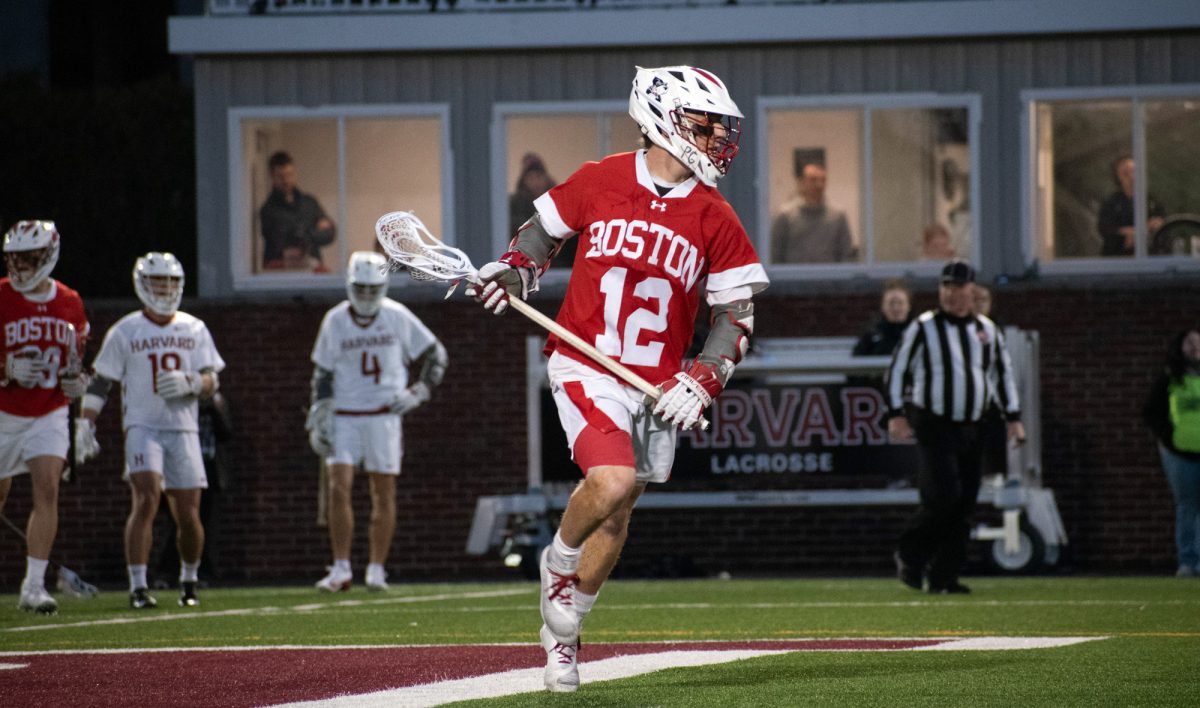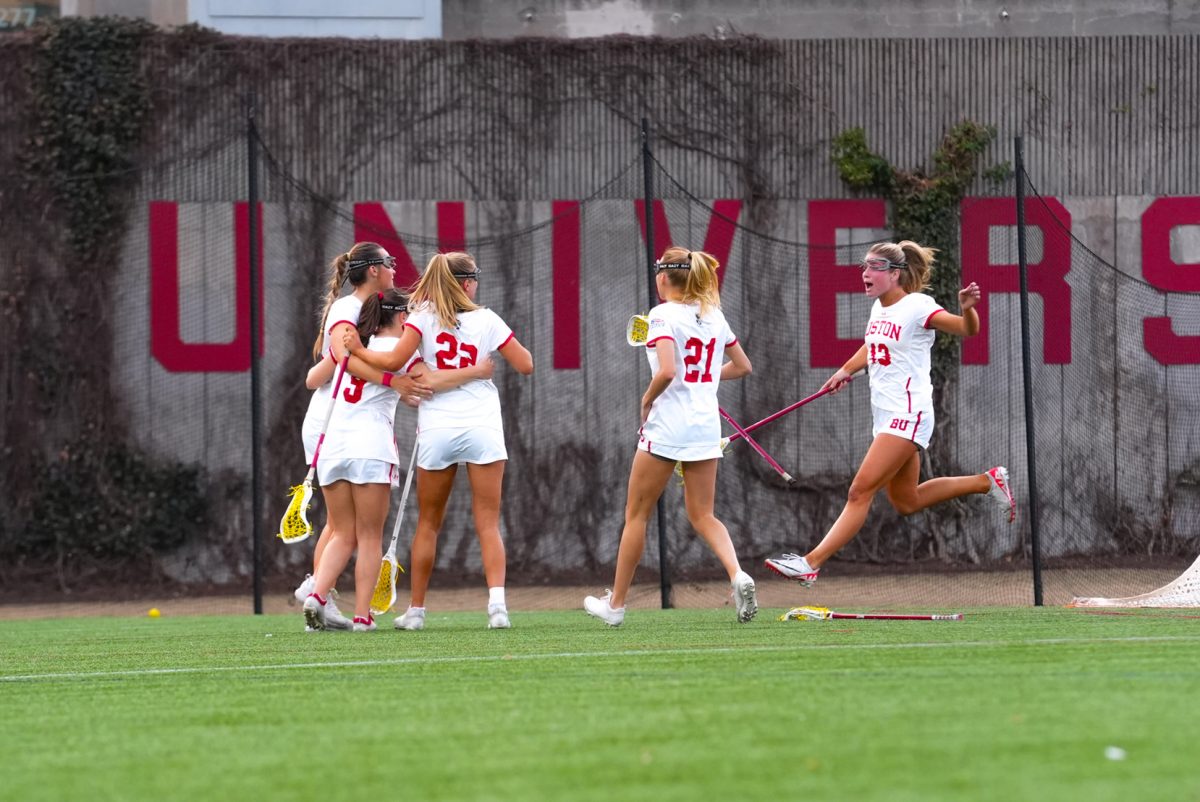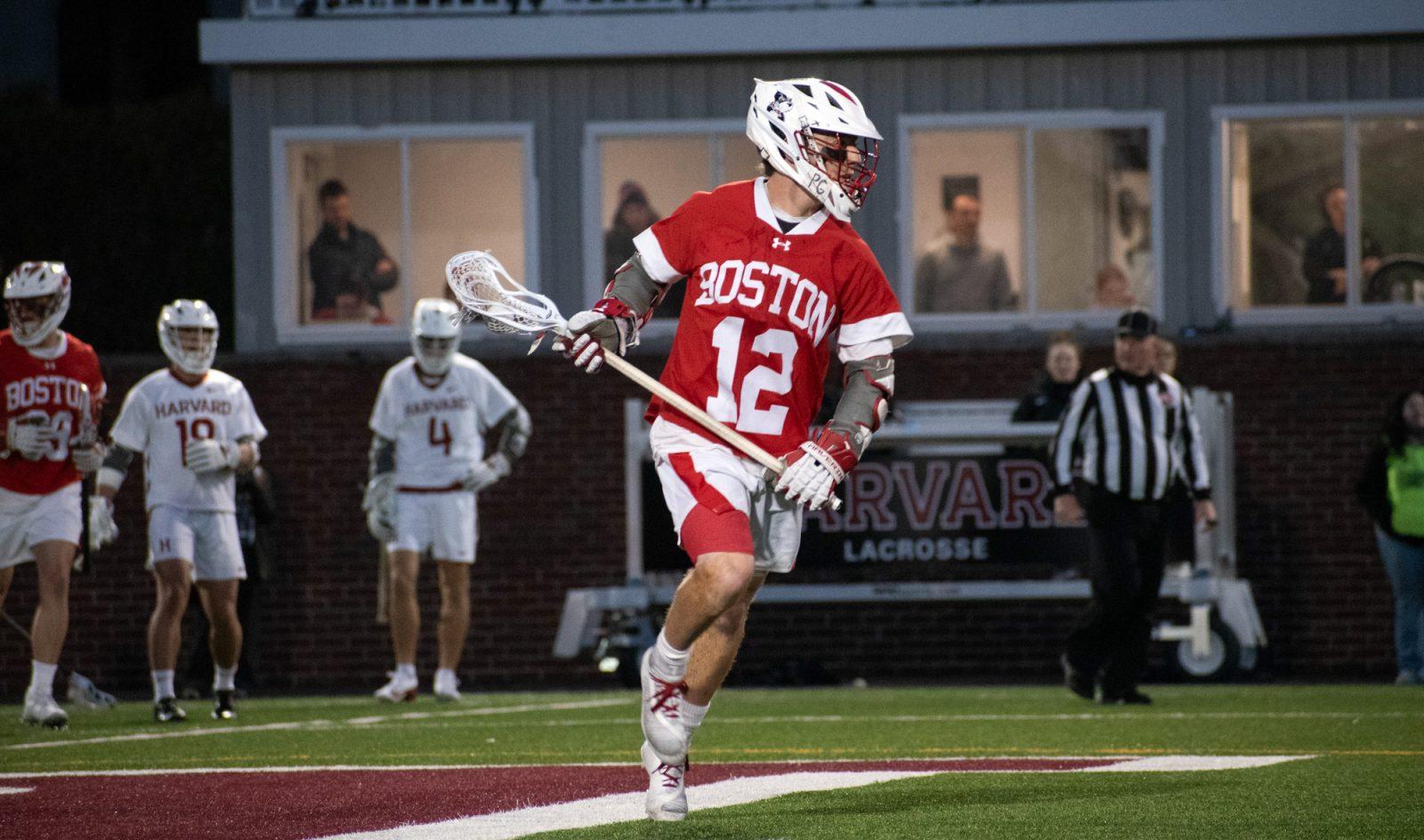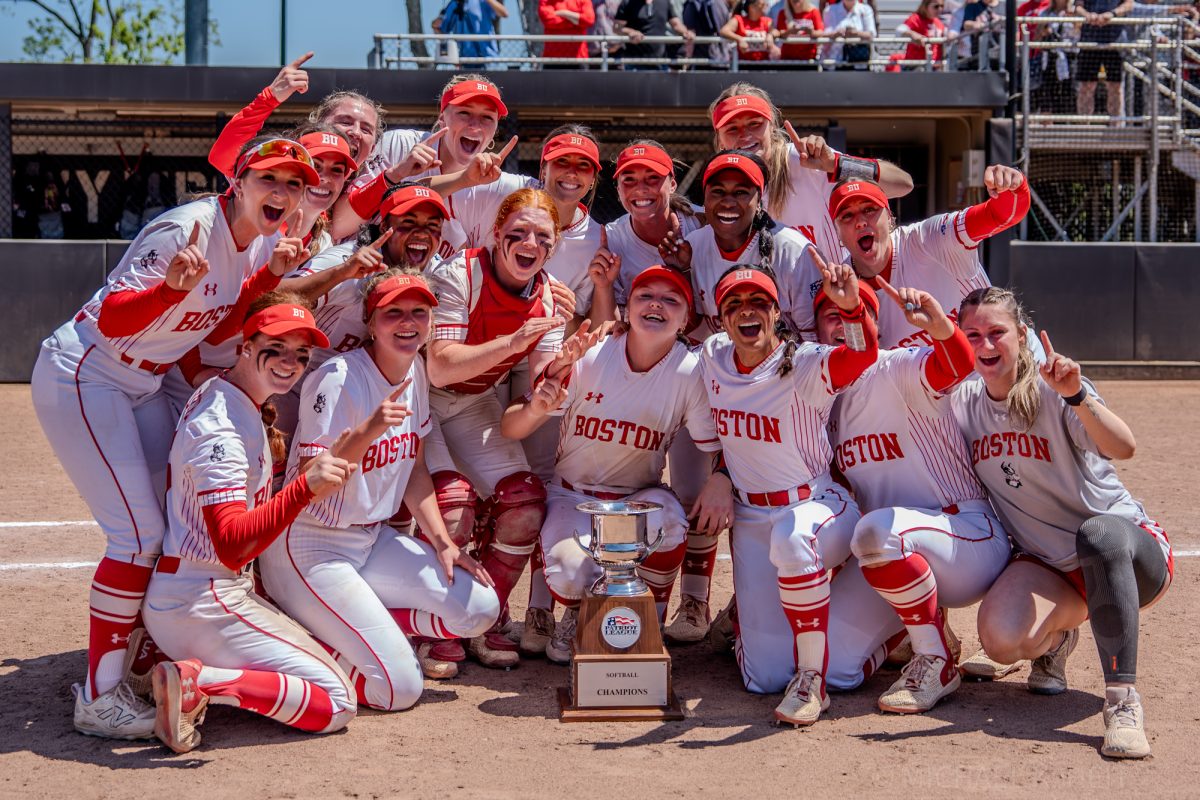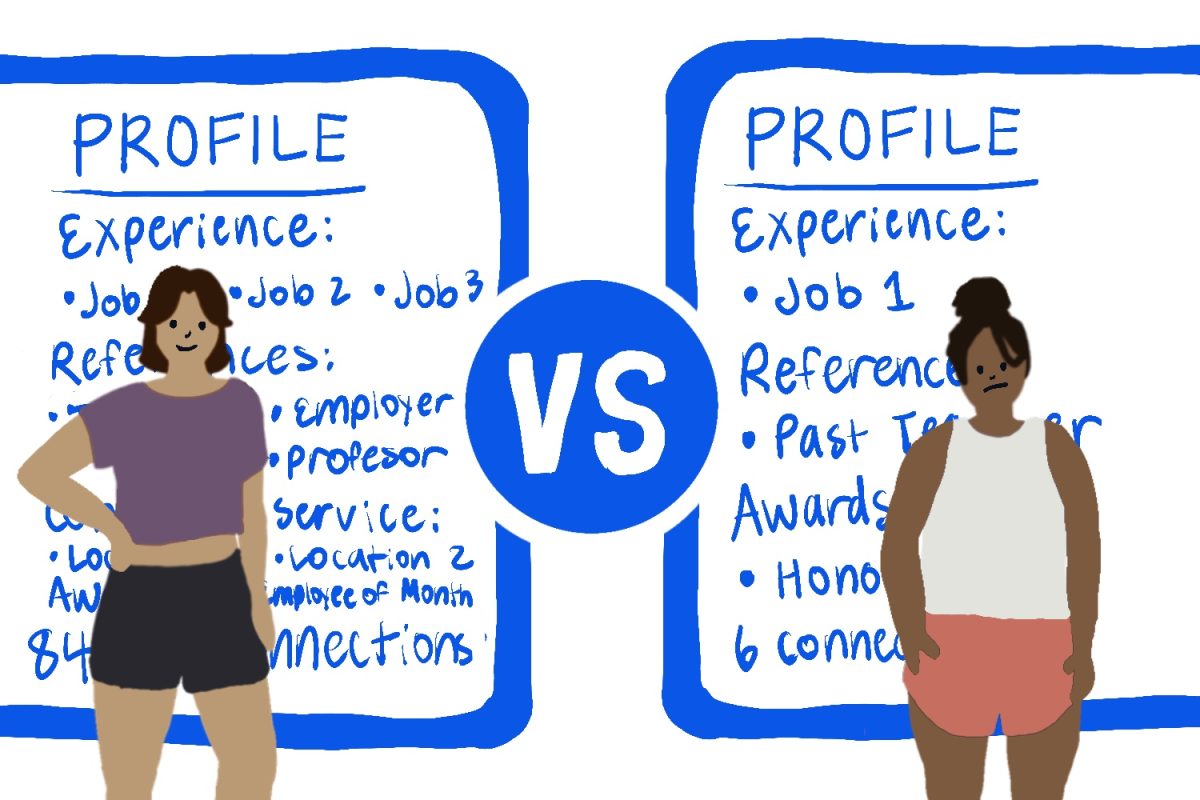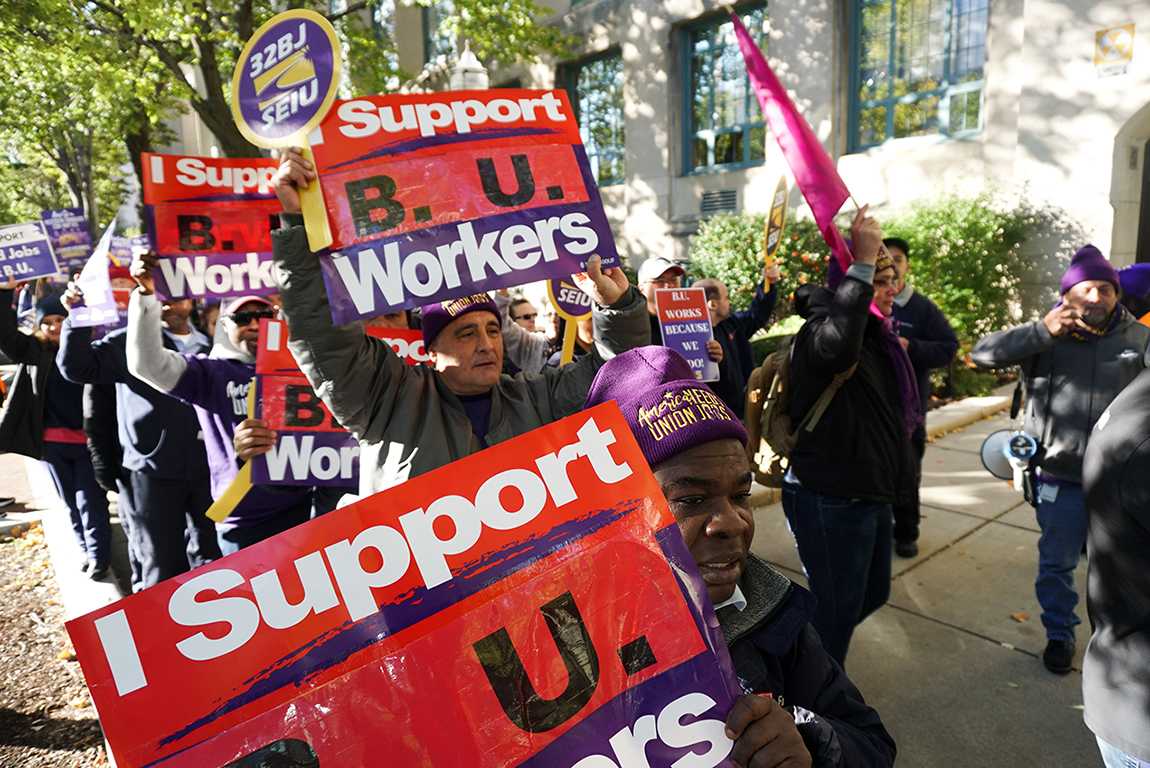When the Dallas Cowboys and the Green Bay Packers square off, there’s always a moment that makes the game unforgettable.
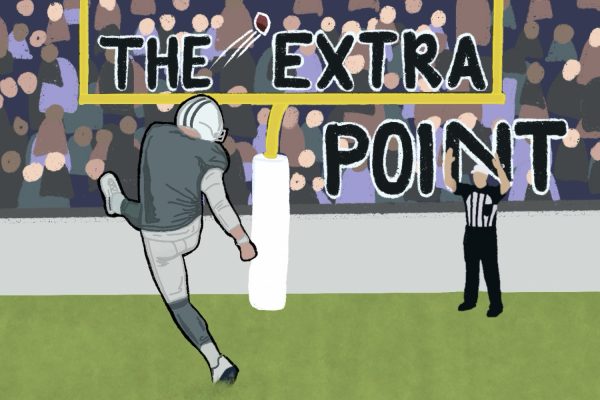
In 1967, the teams played in a subzero-temperature Lambeau Field in the infamous Ice Bowl.
In 1995, Michael Irvin, Troy Aikman and Emmitt Smith lifted the Cowboys to the NFC championship game, the last time the team appeared in one.
In 2007, Aaron Rodgers’ reign in Green Bay began.
In 2014, a catch — that should’ve been ruled a catch — didn’t count.
In 2024, the Packers dealt a 27-0 blow to the Cowboys in the first half. By the end of the game, they were the first No. 7 seed to win a playoff game.
So how would the Packers’ 2025 affair be so unforgettable? It was supposed to be because former Cowboy Micah Parsons would get his sweet revenge on his former team — right?
Well sure, but there was something more unforgettable. The game ended in a 40-40 tie.
In a high scoring shootout like this, there’s a valid reason why fans would be upset to see the game end like this.
Both quarterbacks threw for more than 300 passing yards, and both teams tallied three touchdowns each. Each team allowed just one sack to the other team. The only turnover of the game was off Packers quarterback Jordan Love’s fumble.
Even during the overtime period, the game would be decided by the final drive. With no timeouts left, Jordan Love was still getting his team into formation with the clock winding down.
Love threw a prayer to the end zone, but failed to find his man in the back in the end zone. Miraculously for the Packers, there was one second left on the clock, allowing for kicker Brandon McManus to seal the game-tying field goal.
It was a game that seemingly never wanted to end. However, because of some words written in a rulebook, the game had to end then and there.
The first overtime period rule was established in 1974, and it sounded simple enough. The first team to score in the 15-minute overtime period would win the game. If nobody scores within that period, the game would end in a tie.
The additional period did its job. Of around 180 regular season games played within five years before the rule was introduced, there was an average of six ties each year. Just over 50 years later, Sunday’s game between the Cowboys and Packers is the 30th tie since the NFL implemented the idea.
But the original concept of sudden death overtime had one con. The nature of the rule holds that if the team who gets the ball first, by winning a coin toss, scores — even if the team goes for a field goal instead of a touchdown — the other team can’t respond with a drive of their own.
To address this problem, the NFL adjusted the rule in 2010, so both teams can drive the ball but under one exception. If the team who gets the ball first scores a touchdown, the game ends.
So now you have to actually get to the endzone, but this doesn’t change the fact that the team who wins the coin toss gets a much bigger advantage to win the game. This especially became a problem during the postseason, where there has to be a winner.
The Green Bay Packers fell victim to the overtime coin toss in the 2015 NFC Championship game, which ultimately cost them their ticket to Super Bowl 49.
But it wasn’t until 2022 when the blockbuster AFC divisional round matchup between the Kansas City Chiefs and the Buffalo Bills prompted an overtime rule change in the postseason. The rule change now guarantees both teams possession of the ball for playoff games that go into overtime, even if a team scores a touchdown in their first drive.
This season, the league decided to extend this overtime rule during regular season games. Now the only exceptions to the rule is when the defense returns an interception for a touchdown or when the defense makes a tackle in the end zone, resulting in a safety.
With these rule changes, the NFL has done enough damage control to ensure both teams can get the ball in overtime. Now, it’s time for the league to reconsider another element in overtime that could make a big difference: time.
In 2017, the overtime period was shortened from 15 minutes down to 10, with the aim of improving player safety. Though I do support players not playing for a prolonged period of time and risk themselves getting injured, closer games that force an overtime period should fully play out until a winner is decided.
The league should take notes from college football where there is no play clock in overtime. The game goes on until a team wins, no matter how long it takes.
There are modifications that make it less daunting for players to keep playing drives, like each team being limited to attempting two-point plays if the game results in three overtime periods. This makes it easier for a team to get a win and reduces how long it takes to get one.
Having a period time restriction for games that need these extra periods seems insulting to the players who share that same purpose in trying to win their games and to fans who want to see their players ball their hearts out for as long as the game should last.
The opportunities for teams to stay in the game has grown, yet it feels as if the league wants to rush things and stop play, just when games reach the climax.
















